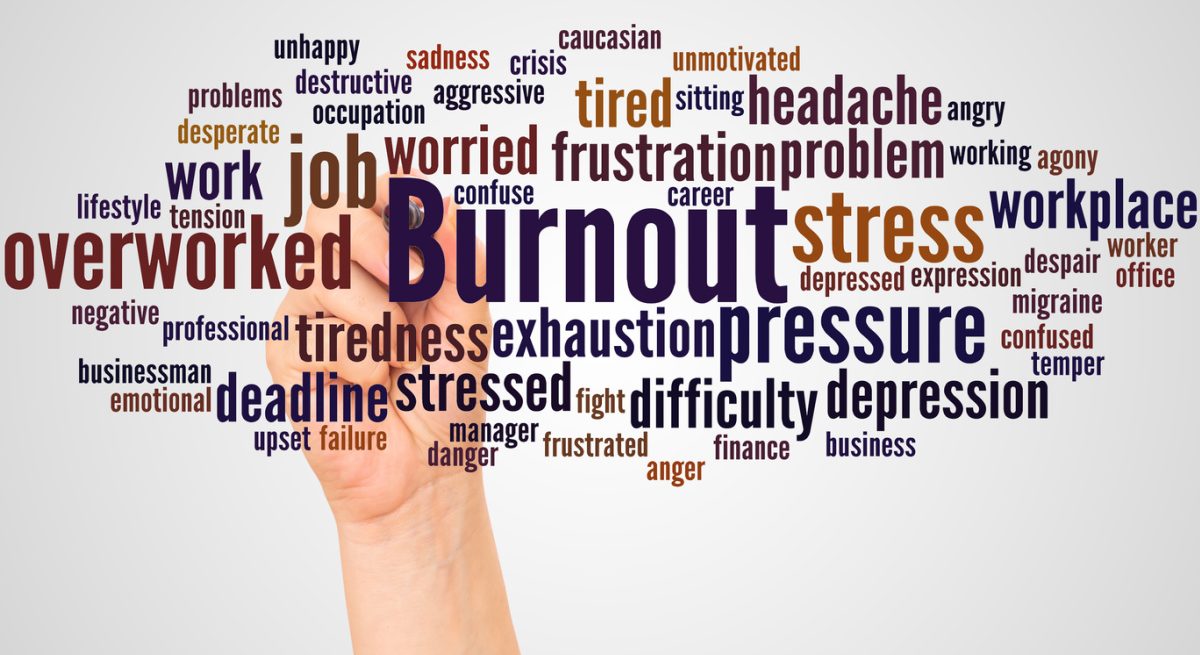Four Ways to Reduce Burnout and Improve Employee Retention
3 Min Read By Greg Staley
The high turnover common in the restaurant industry has only accelerated in the last nine months. During the initial months of the COVID-19 pandemic, many restaurant brands saw business dip, and had to lay off or reduce hours for their employees. Long-time food and hospitality employees left the industry, choosing to look for positions that had more consistent hours or less potential for COVID exposure.
Then demand began to rise again, and customers began dining out more and ordering more take out. Unfortunately, this exacerbated a labor shortage being felt across many industries. The people who had stayed in foodservice were faced with understaffed shifts, training new employees, impatient customers, new safety protocols and supply chain problems, and the new employees are overwhelmed and confused. Both groups are experiencing burnout and turnover is climbing.
Operators aren’t going to be able to solve customer impatience or bring back long-time restaurant workers, but there are things you can do now to help reverse or prevent burnout in your current employees and lower turnover at the same time.
1. Prioritize Your Employees’ Wellbeing
It can feel difficult when trying to find room for incentives, PTO, sick time and more, but a culture that prioritizes your employees’ physical and mental wellness brings its own returns.
When employees don’t feel punished for taking sick time, you avoid illness spreading to the rest of your workforce. When impatient customers are giving employees trouble, make sure your employees know you are supporting them to not accept bad behavior. Acknowledge that times are hard and consider giving tokens of appreciation like gift cards or a small bonus. Don’t forget how far public, verbal praise goes.
These types of efforts have long been seen as eating away at profitability, but employees who know they are valued stay longer at each position, ultimately reducing your costs.
2. Give Employees Tools to Make Their Daily Tasks Easier
Everything adds up in your restaurant. If inventory is laid out in a way that isn’t intuitive, your employees will take longer to take inventory or take it less often than they should. If they can’t remember what’s on the opening checklist, they may skip crucial steps. If your manager is still pulling together reports on spreadsheets, they’re spending hours each week on something that could easily be automated.
It’s time to invest in the tools that make life easier for your employees. It’s all too easy to make mistakes or burn out when tasks take longer than they should. You can empower them and give them time back to focus on customers by providing better tools. Inventory management, automated reporting, one-click purchasing, and more are all ways you can look at streamlining the daily tasks employees face.
3. Tap into Scheduling Software
Scheduling software not only makes your manager’s life easier by helping build schedules based off forecasted sales, but it makes things easier for employees who have their schedules at their fingertips. They can manage PTO and drop or swap shifts on their phones.
Plus, you gain optimized schedules. Instead of going off your manager’s gut instinct about what the schedule should look like, your manager saves hours each time the schedule is made with clear data about optimal staffing levels.
4. Make Training Accessible and Encouraged
With the influx of new employees entering the industry, training is more important than ever. Traditional job shadowing doesn’t provide a structure for follow up and reinforcement, and with many long-time employees leaving, you may not have as many experienced employees for new hires to shadow.
Fortunately, you can make training more effective while reinforcing some of the institutional knowledge lost when people left foodservice work. Focus on providing bite-sized learning opportunities. This can be anything from alerts on their team app to short videos to flash cards. These microlearning moments are a powerful tool for learning reinforcement and ensure every employee continues to be reminded of best practices long after onboarding has been completed.
Many companies have also created training libraries that make it easy for employees to find information on anything they may be struggling with. This type of resource allows them to find whatever level of help they need, from cheat sheet to full troubleshooting guide.
Retaining engaged employees can be challenging, especially during the last year, but there are things operators can do to help fight employee burnout and high turnover. Recognize and appreciate employees, make sure they have the tools that make their jobs easier and give them access to01 more varied information even after onboarding is completed.


